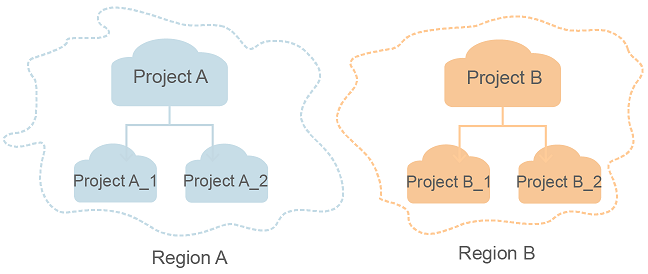Before You Start
Welcome to Elastic Load Balance API Reference. ELB distributes incoming traffic across backend servers based on the routing rules you define. ELB expands the service capabilities of applications and improves their availability by eliminating single points of failure (SPOFs).
This document describes how to use application programming interfaces (APIs) to perform operations on load balancers and associated resources, such as creating, querying, deleting, and updating a load balancer. For details about all supported operations, see API Overview.
If you plan to access load balancers and associated resources through an API, ensure that you are familiar with ELB concepts. For details, see section "Service Overview."
ELB supports Representational State Transfer (REST) APIs, allowing you to call APIs using HTTPS. For details about API calling, see Calling APIs.
Constraints
- The number of load balancers and associated resources that you can create are determined by your quotas. To view or increase the quota, see section "What Is Quota?" in the Elastic Load Balance User Guide.
- For more constraints, see the description of each API.
Endpoints
An endpoint is the request address for calling an API. Endpoints vary depending on services and regions. For the endpoints of all services, see Regions and Endpoints.
Concepts
- Account
An account is created upon successful signing up. The account has full access permissions for all of its cloud services and resources. It can be used to reset user passwords and grant user permissions. The account is a payment entity, which should not be used directly to perform routine management. To ensure account security, create Identity and Access Management (IAM) users and grant them permissions for routine management.
- User
An IAM user is created by an account in IAM to use cloud services. Each IAM user has its own identity credentials (password and access keys).
API authentication requires information such as the account name, username, and password.
- Region
A region is a geographic area in which cloud resources are deployed. Availability zones (AZs) in the same region can communicate with each other over an intranet, while AZs in different regions are isolated from each other. Deploying cloud resources in different regions can better suit certain user requirements or comply with local laws or regulations.
- AZ
An AZ comprises of one or more physical data centers equipped with independent ventilation, fire, water, and electricity facilities. Computing, network, storage, and other resources in an AZ are logically divided into multiple clusters. AZs within a region are interconnected using high-speed optical fibers to allow you to build cross-AZ high-availability systems.
- Project
A project corresponds to a region. Default projects are defined to group and physically isolate resources (including computing, storage, and network resources) across regions. Users can be granted permissions in a default project to access all resources under their accounts in the region associated with the project. If you need more refined access control, create subprojects under a default project and create resources in subprojects. Then you can assign users the permissions required to access only the resources in the specific subprojects.
Figure 1 Project isolation model

- Constraints
- Endpoints
- Concepts